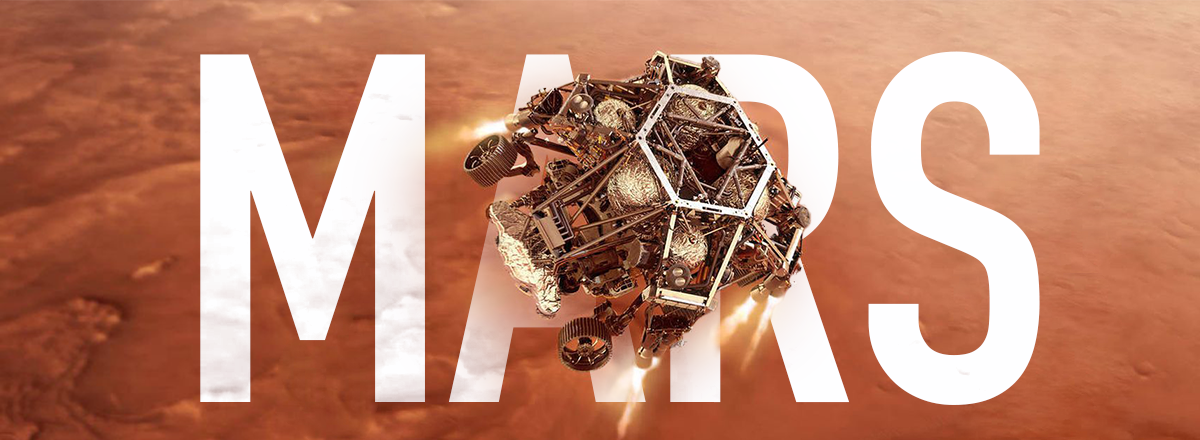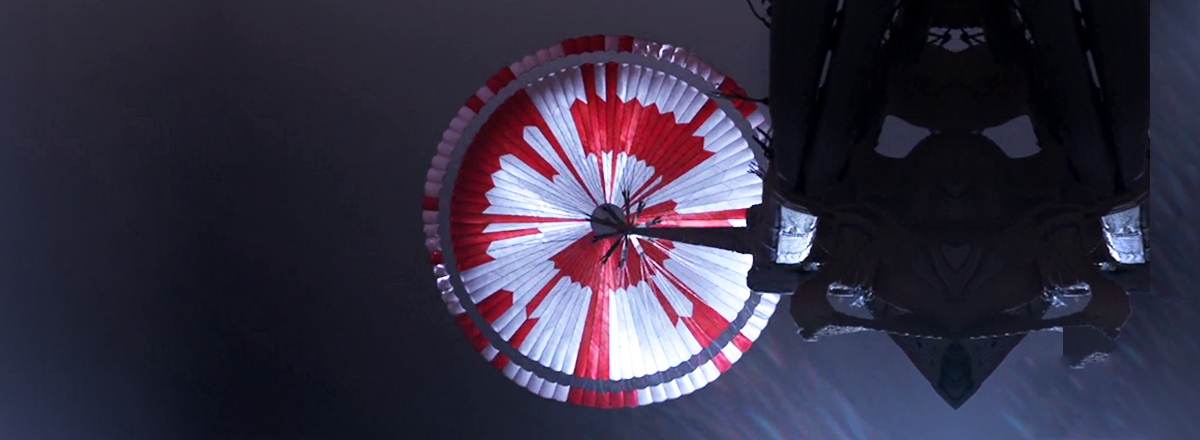On March 4, the Perseverance rover began the exploration of Mars by taking a test drive on the surface of the Red Planet for the first time.
I’m on the move! Just took my first test drive on Mars, covering about 16 feet (5 meters). You’re looking at the very beginning of my wheel tracks. Many more to make. pic.twitter.com/7tFIwWFfJ4
— NASA's Perseverance Mars Rover (@NASAPersevere) March 5, 2021
The rover traveled only 6 and a half meters in 33 minutes. So far, engineers have checked the rover's undercarriage, wheel operation, and the like. Perseverance drove four meters, then did a little spin, and drove another 2.5 meters.
“You can see the wheel tracks that we left on Mars; I don't think I've ever been happier to see wheel tracks,” said Anais Zarifian, one of NASA's mobility engineers. “This is just a huge milestone for the mission and the mobility team. We've driven on Earth, but driving on Mars is really the ultimate goal.”
In general, the rover will have to travel 15 km in one Martian year (approximately two Earth years). Perseverance must examine the rock formations of the near-equatorial Jezero Crater. According to scientists, there was a lake billions of years ago in that area, and there could be traces of biological activity. The mission's ultimate goal is to seek signs of past life on the Red Planet and collect regolith and rock samples for a possible return to Earth.

Like Curiosity, Perseverance reaches speeds of up to 0.1 mph, which is actually not very fast. However, the rover is able to overcome stones as high as its wheel (about 50 cm) without falling.
According to Zarifian, the rover's primary advantage is not speed, but an effective overcoming of various obstacles and sand pits. Thanks to improvements in Perseverance, scientists will spend less time planning travel and more time researching.
Perseverance's immediate goal is to conduct its helicopter experiment. The rover will spend the next few weeks reaching a suitable stretch of terrain where it will safely put the Ingenuity helicopter on the ground so it can prepare for test flights.
I’ve continued driving to scout a spot where I’ll drop off the Mars Helicopter, if the area gets certified as a flight zone. So far, about 230 feet (70 meters) of wheel tracks behind me.
— NASA's Perseverance Mars Rover (@NASAPersevere) March 8, 2021
See my latest location: https://t.co/uPsKFhW17J pic.twitter.com/tlPvnlK8Qt
NASA's Mars rover, called Perseverance, successfully landed on the planet's surface on February 18. Since its landing, Perseverance has sent nearly 7,000 images of Mars back to Earth, as well as shared two audio tracks from Mars.
NASA's Perseverance rover, together with the Ingenuity Mars Helicopter, began its long seven-month journey to Mars as part of the Mars 2020 mission in July 2020. The rover successfully launched into space from Cape Canaveral Air Force Station, Florida, on a ULA (United Launch Alliance) Atlas V rocket.

NASA named the Perseverance rover's landing spot Octavia E. Butler Landing in honor of the pioneering science-fiction author. Butler was the first African American woman to win both the Nebula Award and the Hugo Award.














